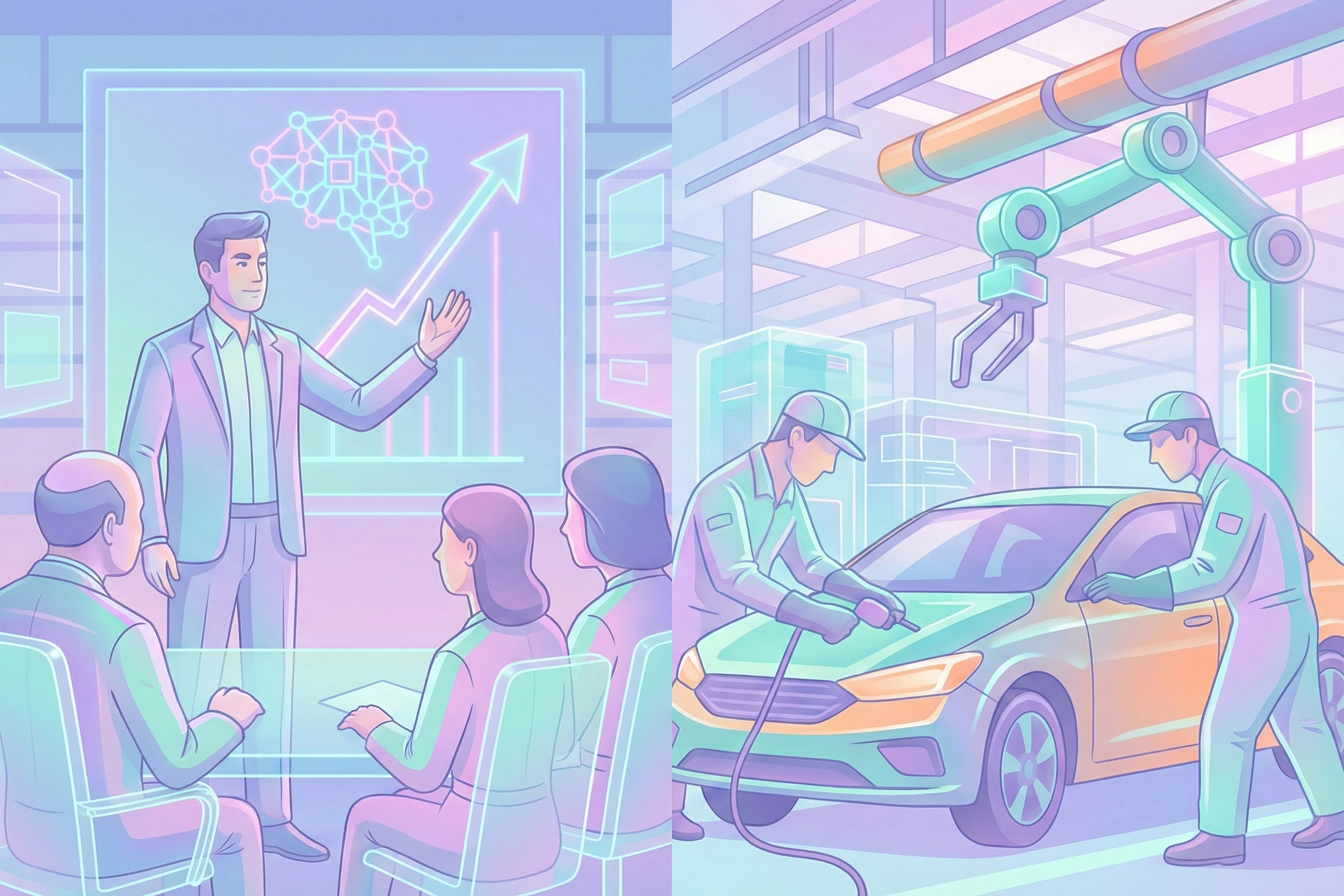
Aging in place enabled by technology is one of the most desirable trends to manage the rising healthcare costs of an aging society. Current home treatment relies heavily on nurses, therapists and doctor visits. Smart home care applications could relieve pressure on professionals, reduce unnecessary and costly hospital visits and help the elderly be better connected to healthcare providers. However, tech healthcare companies will have to address the issues of digital illiteracy and loneliness among the elderly and better align with the socio-cultural transformations currentlytaking place in this area.
Smart home applications offer technological solutions to assist elderly people to stay put as long as possible. Smart healthcare applications have already been making a big difference for over two decades. Fall prevention devices save lives daily and pill dispensers help with medication adherence. For example, PillDrill reminds, tracks and notifies others of whether medication is taken correctly. Although the advantages of smart homecare are widely recognized, there are practical considerations and moral implications. Moreover, in the future we are dealing with an “elderly” generation which might perceive their life-phase fundamentally differently.To begin with, digital illiteracy, incomprehensible features and terrible user design are prevailing issues for the non-tech-savvy elderly. However, in this case, voice interfaces could provide a partial solution, as they offer a more conversational interaction with computers. Alexa is continuously adding healthcare “skills” to her knowledge base (which are HIIPAA proof). Moreover, instead of a proliferation of independent devices, each with a different interface, operating software and separate application, companies are currently focusing on integrating all these devices into a single healthcare platform. Several tech-oriented players in the field (e.g. Ada, Oscar, and Babylon Health) - many founded by people with a history as healthcare professional - are currently chasing a strategy to become the one-stop-shop for smart home care, with the home speaker as the “patient” touchpoint. For example, startup Ada is working on becoming the Alexa of healthcare by offering an intuitive and conversational healthcare customer journey experience through the Echo, with remote consultation, diagnosis, and scheduling appointments all taking place on the same platform. Furthermore, voice interfaces have the potential to deliver more empathy than other interfaces as they mimic the regular in-person doctor visits we conduct, which brings us to the next remark. Because an important part of home care for the elderly is social, some are worried automation and smart devices would further exacerbate the already pressing issues of isolation and loneliness. Ultimately, robots offer a way to outsource empathy, it is argued. Especially regarding robocare and remote care with, for example, automated diagnostic tools, these problems remain open for debate. However, research has shown promising results on the capacity of technology to battle loneliness, reduce social isolation and slow down age-related diseases. And as intelligence is improving rapidly, the ability of robots to read and respond to the emotional state of humans is increasing. Furthermore, an often-overlooked advantage of robocare is robots’ modality of simply being present, tirelessly and with full attention. In addition to the practical considerations and moral implications of smart home care, there is the socio-cultural transformation of the generation itself. The technological convergence of new interfaces, more reliable IoT connectivity, better UX design, a one-stop-shop platform and empathic robots isn’t enough. For smart and intelligent home care to act as a fundamental part of the future healthcare system, social-cultural transformations are equally important. Technological enablers should be complemented by a different view on what it means to be a member of “the elderly” in the first place. First of all, the next generations will consist of more tech-savvy users, as they will have been born and raised in a digitalized world, so old people being digitally illiterate might become a phenomenon of the past. Moreover, there are signs we’re not only livinglonger but have also begun to perceive aging differently. As we have written before, the so-called elastic generations experience a sort of second adulthood, in which they start new businesses, begin to date again and continue or resume their education. Their longer life expectancy and improved health isn’t merely the “accidental” historical outcome of scientific improvement and the modern welfare state, being and remaining vital and healthy has become an explicit life goal for them. These socio-cultural changes should be incorporated into the design of smart home care to make it work. In the future, it will be crucial to think about a strong alignment of smart home care with the general tendency of the elderly to perceive their life-phase as vital and appealing. For example, smart home healthcare platforms which aren’t only reactive (e.g. a person falls, blood rate is too high, medication has to be taken, etc.), but also proactive and more closely linked to the everyday life of the elderly (community and volunteer work, traveling, life-long learning, sports, etc.). This means better integration of smart home care applications into already existing social platforms which empower seniors, keep them civically engaged and socially connected, instead of creating separate and therapeutically-oriented health platforms.

